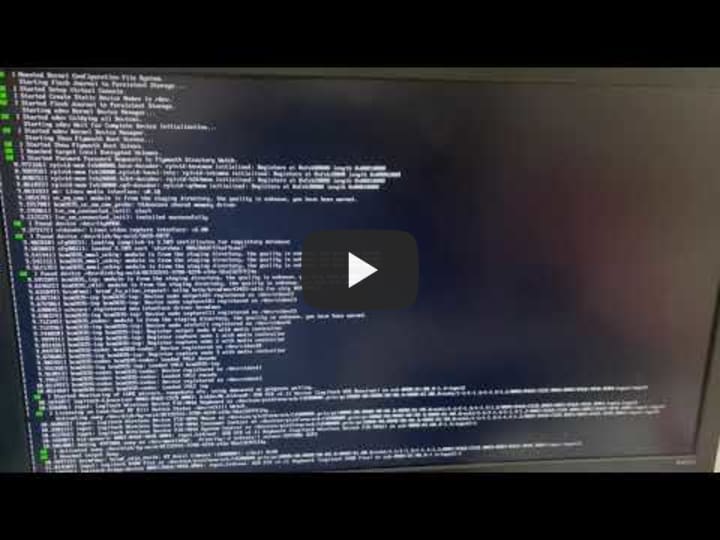-
-
Notifications
You must be signed in to change notification settings - Fork 19
Draft README
Last Update 2021-11-12: Changelog below.
This repository is the home of the Official AlmaLinux Raspberry Pi Image.
Images made possible by the incredible work contributed by the immortal Pablo Greco, Mark Verlinde and Fabian Arrotin.
This has been tested on Raspberry Pi 3 and 4.
Please file any bugs on https://bugs.almalinux.org and feel free to discuss on our Community Chat, the Forums or Reddit.
Step 1: Grab the image for AlmaLinux 8 or AlmaLinux 9, verify the CHECKSUM and burn it to an SD card using Fedora Media Writer , Balena Etcher, RPi Imager, dd or whatever tool you choose.
Step 2: Modify user-data file in CIDATA volume if you would like to make additional customization to the image. See the wiki page How to use cloud init to configure image for further information.
Step 3: Insert your SD Card into your Raspberry Pi and boot!
Step 4: Login. The default user is almalinux password is almalinux. Use sudo to become root.
WI-FI NOW WORKS OUT OF THE BOX!
Step 1: First, let's make sure wifi is enabled. nmcli radio wifi it should respond with enabled. Great.
Step 2: Check out the list of local Wi-Fi networks next to you nmcli dev wifi list. You should see the one you want to connect to here.
Step 3: Connect to the Wi-Fi network. We'll use the --ask option so that we can provide the password silently. nmcli --ask dev wifi connect network-ssid
Step 4: Success! Your wlan0 interface should now pull an IP via DHCP and be active. You can verify this via nmcli con show to check physical layer connection and then ip a to see if you've gotten an IP.
Step 1: If you'd like to install just a barebones GNOME desktop environment use dnf groupinstall gnome-desktop (350MB download, 1.1GB installed). You may have to install additional packages as needed. If you'd like to install a more comprehensive GNOME environment then use dnf groupinstall "Server with GUI". This comes with the GNOME GUI and server utils (890MB download, 2.4GB installed).
Step 2: systemctl set-default graphical
Step 3: reboot
Step 4: Success!
If you installed a GUI, and your screen has a black border around it, apply this fix:
Step 1: Open a terminal
Step 2: sudo nano /boot/config.txt
Step 3: Add the following line: disable_overscan=1
Step 4: Type Ctrl+x on your keyboard to exit nano, and a little message at the bottom or the terminal will say, “save modified buffer?’. Type y for ‘yes’.
Step 5: reboot
